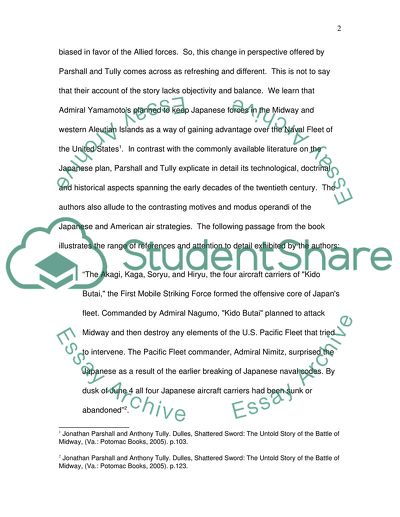Cite this document
(“The Battle of Midway - One of the Critical Events in World War II Essay”, n.d.)
Retrieved from https://studentshare.org/history/1550980-essay-topic-1
Retrieved from https://studentshare.org/history/1550980-essay-topic-1
(The Battle of Midway - One of the Critical Events in World War II Essay)
https://studentshare.org/history/1550980-essay-topic-1.
https://studentshare.org/history/1550980-essay-topic-1.
“The Battle of Midway - One of the Critical Events in World War II Essay”, n.d. https://studentshare.org/history/1550980-essay-topic-1.


